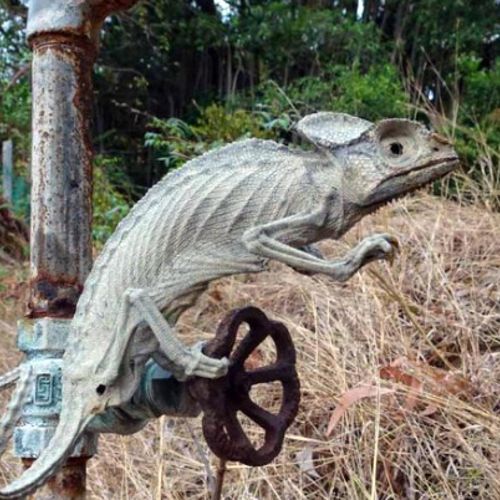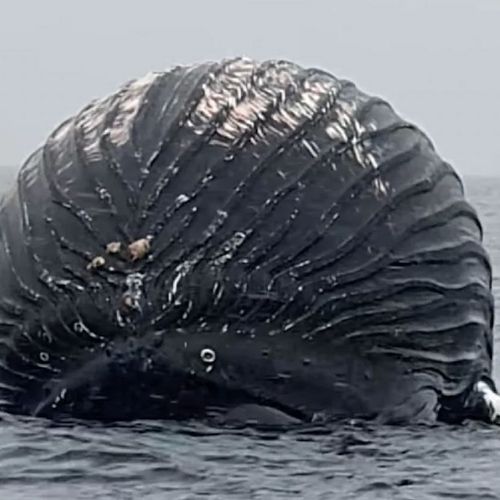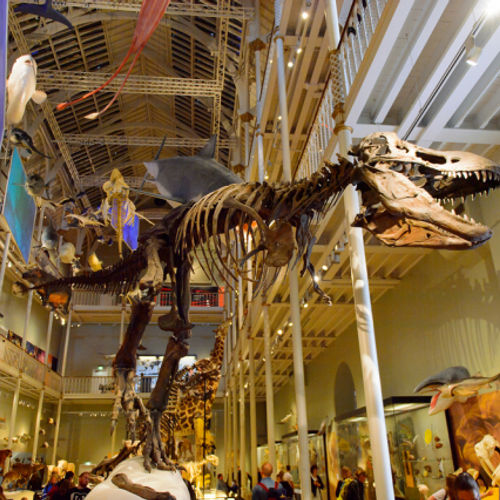
| Added | Thu, 22/06/2017 |
| Источники | |
| Дата публикации | Thu, 22/06/2017
|
| Версии |
The writer and Creator of films about the wild Janaki Lenin recently witnessed terrible pictures in India. The unfortunate chameleon alive literally dried up under the scorching tropical sun, while trying to drink water from the tap that was turned off.
According to Lenin, the reptile died grasping the faucet, and then quickly mummified in the intense sunlight. Judging by the two tiny holes in her remains, the ants helped to complete the canning process.
"All animals can handle the temperature changes to a certain extent, explains Jeannine Refsnider, herpetologist from the University of Toledo in Ohio. — If the temperature goes beyond, the cells and proteins in the body actually begin to break down".
Even reptiles that are adapted to hot environments, become a victim of heat stress, the researchers note. This is bad news for all living beings, including humans, as our world heats up. According to the study, 30% of the world's population currently exposed to a potentially fatal outcome because of the heat, for 20 days in a year, as climate change leads to an increase in heat waves.
Although there is no way to know the role played by climate change in the demise of this particular animal, Redspider says that reptiles are most at risk from global warming.
Because reptiles are ectothermy, or cold-blooded animals, their body temperature close to ambient temperature. The main method of thermoregulation for them is orientation on the ground: to avoid overheating, they hide in the shadows or buried in the sand. But if they don't have time to find cover or it does not save them, then rapidly die.
"Many of the reptiles that live in the desert or the tropics, are already in the maximum allowable heat for them, so even a small increase in temperature can lead to a pretty strong heat stress," explains the scientist.
In addition, evidence of the reduction of the number of reptiles around the world due to processes related to climate change. For example, studies show that turtles and iguanas of Galapagos and American lizard-adotube at risk due to the decline of populations.
And it's not just heat, which has to fight snakes, turtles and lizards, the researchers say. For many reptiles, the temperature at which the eggs determines the sex of a baby. This means that global warming may lead to populations of reptiles with a predominance of males or females. For example, the Brethren in the North island of New Zealand temperature increase has already led to the numerical preponderance of males in local populations of tuatara.
Painted turtles, according to Redslider have shown some ability to adapt to heat, for example, choosing a more shaded nesting sites in hot years. But even this strategy has limitations: at some point, if the temperature in the environment becomes too high, even the shadow will not save.
Translated by «Yandex.Translator»
Translated by «Yandex.Translator»
Новости со схожими версиями
Log in or register to post comments









